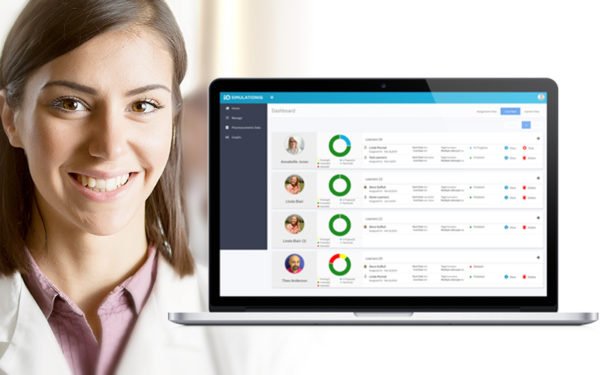Education Management Solutions, LLC (EMS), released a new virtual gaming platform centered around pharmacy and clinical therapeutics education for both individual learning and interprofessional teams.
Developed in partnership with Professor Stephen Duffull of the University of Otago School of Pharmacy, New Zealand, SimPHARM gives pharmacy, medical, nursing, and allied health schools a framework to help students more effectively bridge the gap between classroom learning and real-world patient care.

Image credit: Education Management Solutions.
SimPHARM is a clinical therapeutic simulation tool that creates a realistic clinical experience in which one minute of virtual time equals one minute of real-time. Ideal for flipped classroom and interprofessional team learning environments, the platform’s cognitive game engine empowers students to develop their clinical decision-making skills, independently and in conjunction with other clinical team members, within the confines of real-life patient case constructs while under the supervision of faculty.
With this partnership, EMS and the University of Otago establish a new standard for pharmacy and interprofessional education that effectively prepares students for real-world clinical practice. SimPHARM helps students develop critical real-time decision-making skills, and understand the consequences of those decisions through self-reflection, debriefing, and peer feedback.
“SimPHARM grew out of a desire to enhance the educational experience while putting students in the driver’s seat. Each case a student runs enhances their skill development, even when they’re working independently from an instructor,” said Professor Duffull. “Early results from School of Pharmacy students at the University of Otago have shown excellent engagement—and SimPHARM is more exciting for students than typical prereading requirements.”
